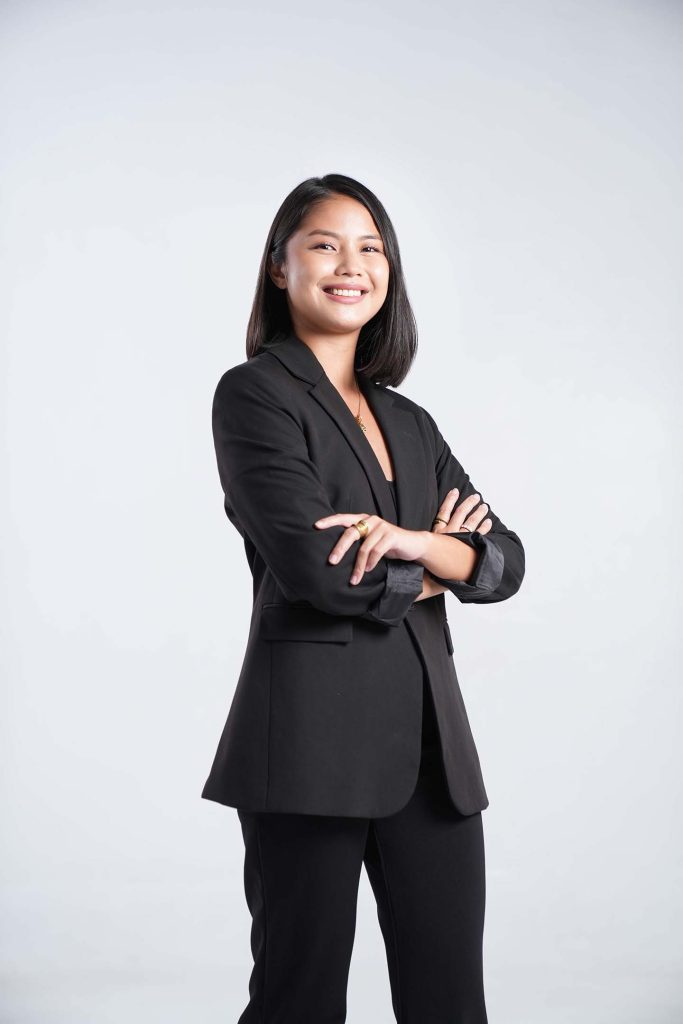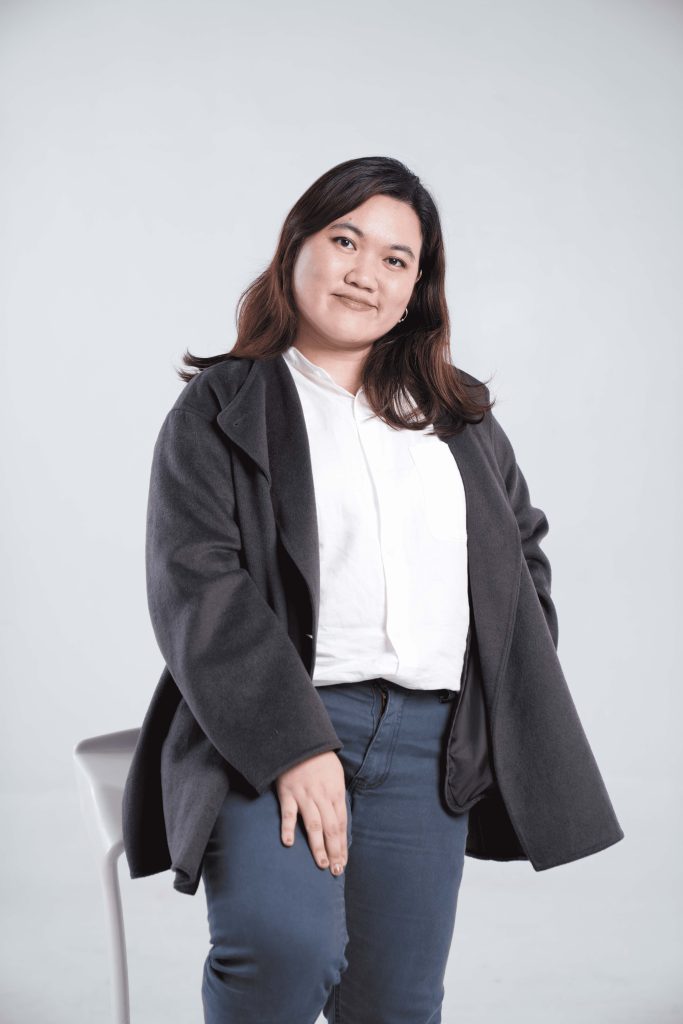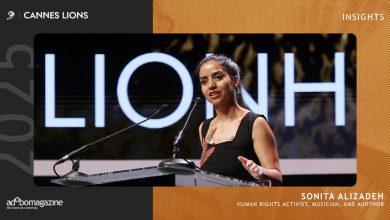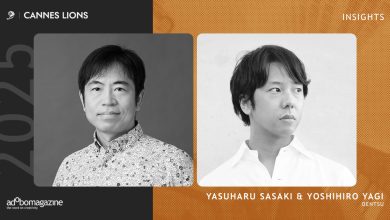MANILA, PHILIPPINES — In light of International Women’s Month, digital marketing and PR agency Vero, through its leaders from Vero Philippines, is rallying its forces in the hopes of addressing gender biases and inequalities in the Philippine advertising industry with an exclusive article for adobo Magazine. In this story, Vero Philippines Managing Director Nicole Briones and Associate Creative Director Gella Gesultura dove into the behind-the-scenes and often-neglected issues of aggression in the industry, and challenged advertisers to do more to truly inspire inclusion.


Gender representation in the Philippine advertising industry has shifted significantly over the last decades. Overt objectification of women is no longer as prevalent, and we have seen ads boldly defying stereotypes (although sometimes overdone), reflecting more inclusive and progressive narratives.
However, what is often unknown are the scenes behind gender-empowering commercials and brand messaging that seem to paint a different picture.
A liquor brand campaign deal that fell through because the client thought that “[the] all-women team might be a better fit to handle our make-up brand” was enough reminder of the persistent biases in the advertising and PR industries.
And this is just one facet of the issue: systemic biases encompass gender identities and come in different forms. A male account executive (AE) leading a campaign for personal hygiene was suddenly removed from the project despite his vital role in shaping the campaign; a gay man’s idea was called “too gay;” a single mom was denied a promotion to a full-time copywriting position was held off because the agency wanted her to focus on motherhood.
Little things compounded
Here’s the problem: it’s the subtle gestures, the seemingly “harmless” side comments that quietly permeate the workplace and become embedded within the very structures of the industry.
These are not isolated incidents; they represent systemic challenges that often go unnoticed, unreported, or swept under the rug. We’re fairly certain the real-life examples above weren’t perceived as misogynistic or gender-biased by the other parties, or at least, not something they feel culpable for.
Micro-aggressions may appear innocuous on the surface, but their cumulative effect is profound. They chip away at morale and hinder a person’s ability to contribute their talents and thrive in the industry.
Even the most common form of advising a female AE to “wear a skirt and look pretty” for a pitch meeting, or choosing someone for a client-facing role based on assumptions about their gender or appearance rather than their qualifications underscores the need for the industry that prides itself on being the creative force behind culture-defying and ceiling-shattering initiatives to take a critical look at itself.
What we need are diverse – not many – creative voices
The problem extends beyond the walls of these two industries. Clients and brands across diverse sectors come to the table with their unique expectations and preconceptions, often shaped by societal norms and traditional corporate cultures. While briefs may not explicitly state a preference for “male- or female-only account executives and media planners,” subtle implications eventually infiltrate the discourse.
These nuanced cues manifest in the selection of team members, the allocation of resources, and the overall direction of campaigns. We believe these are not always intentional, but they reinforce gender stereotypes and inequalities.
Building an effective marketing strategy and brand messaging requires the contributions of many creative voices, each offering distinct insights and perspectives. Many minds are better than one, and by “many” we mean diverse voices that enrich the conversation with a variety of experiences and viewpoints. This leads to more well-rounded and impactful campaigns – and definitely steers brands clear of the pitfalls of gender-insensitive messaging and be the subject of public backlash.
Whether an idea originates from a man, a woman, or any other gender identity, its value remains unchanged. Any team with the right expertise and creative flair can pull off an incredible brand campaign, regardless of where they see themselves in the gender spectrum. After all, creativity is – and should be – genderless. Brands and creative agencies are partners of innovation and progressive thinking, and so it is crucial to foster open dialogues, challenge implicit biases and advocate for diversity and inclusivity together.
On Women’s Day, we call for allyship
As we celebrate Women’s Day, we rally for not just women empowerment and recognition, but for gender equality and the liberation of creative voices from the confining constraints of societal boxes.
When we remove biases in campaign briefs, pitch meetings and campaign executions, we are creating and respecting everyone’s space in the industry, thereby leveling the playing field for all talents to thrive.
It is not enough to have seats at the creative table – it’s time for those who were shunned to be heard. The next time we hear someone speak in a mixed room, let’s recognize the value their voice brings to the conversation, not the gender attached to it. For to inspire creativity is to #InspireInclusion.









